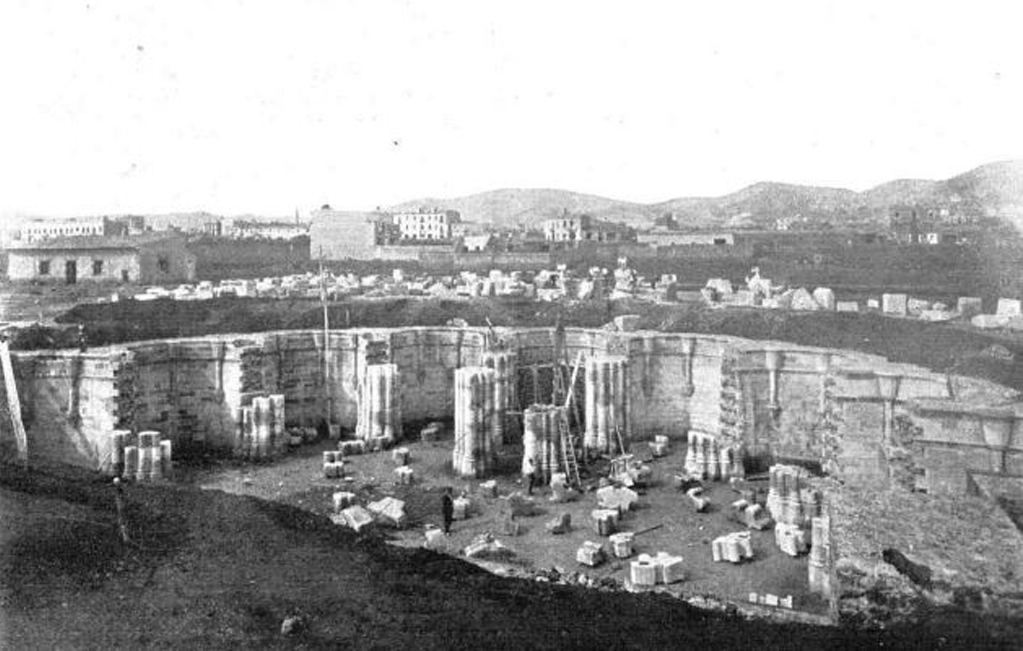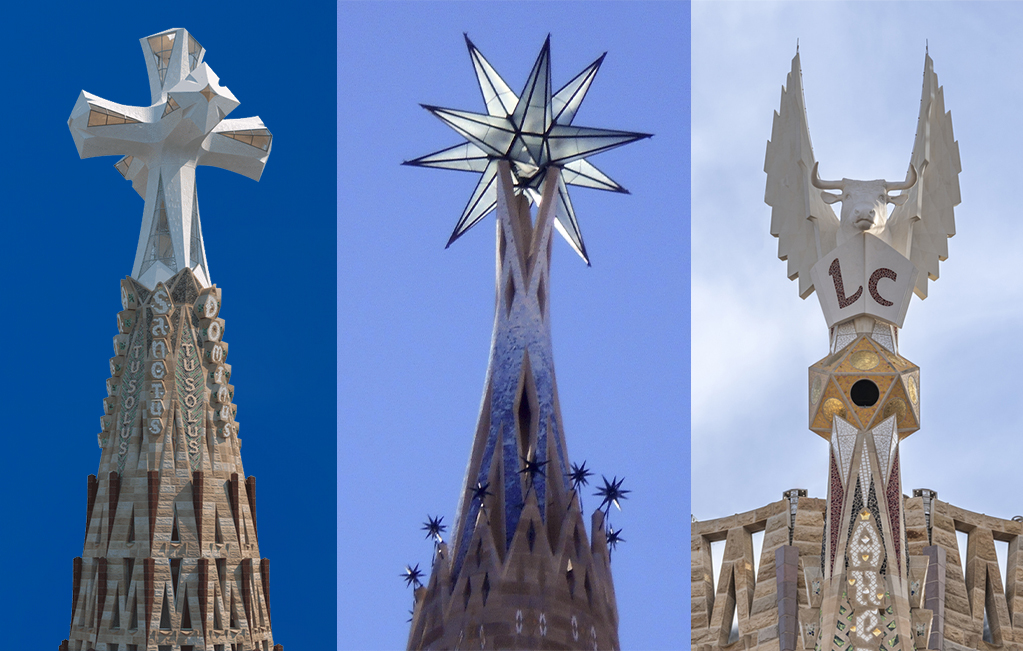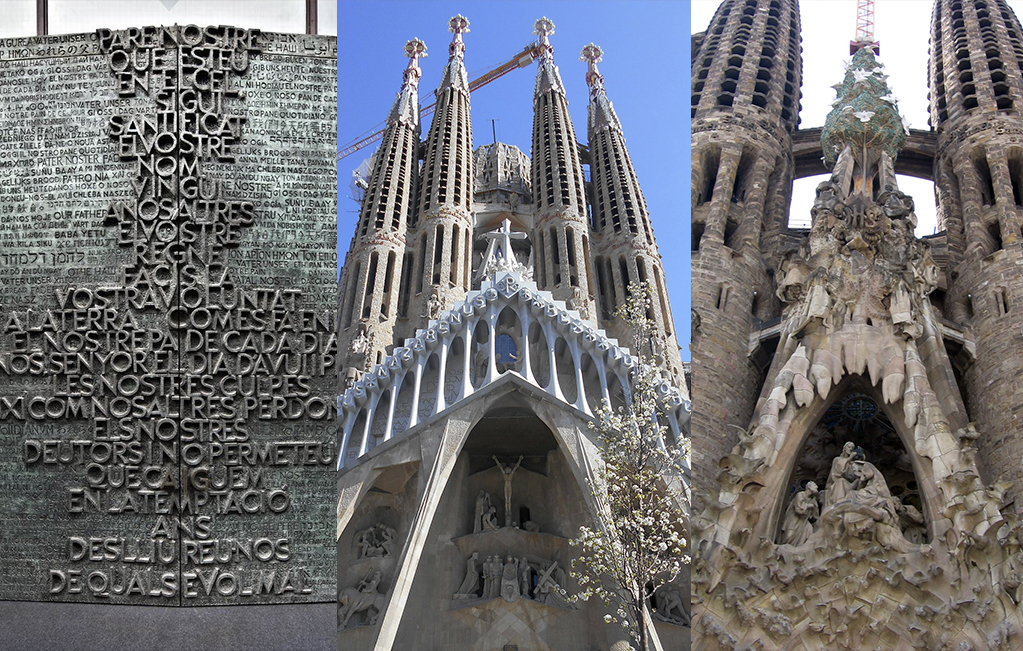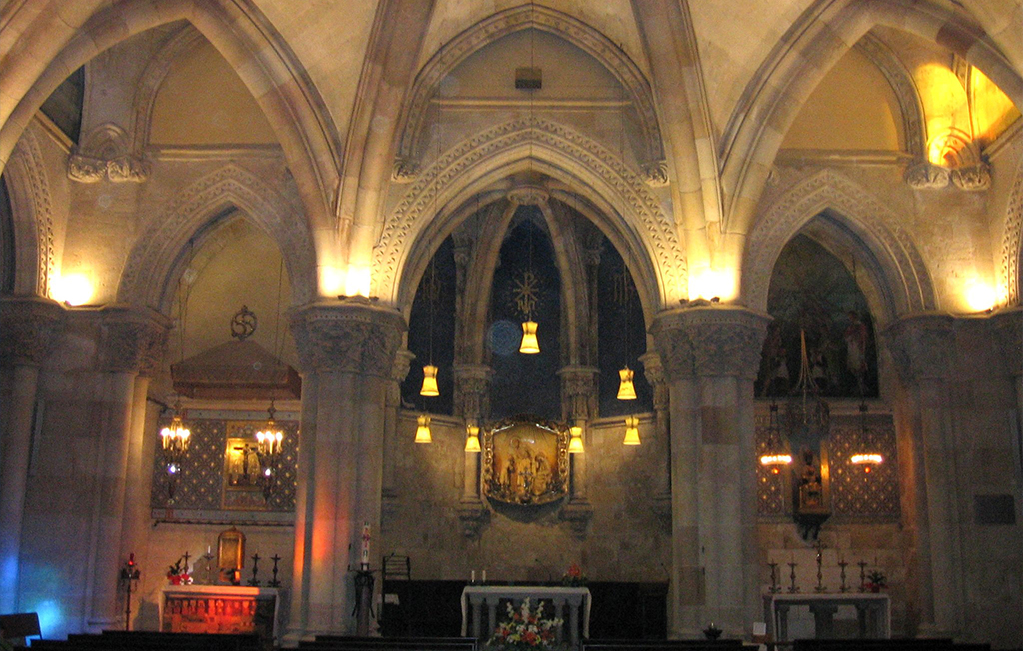The Sagrada Família celebrates its 141st anniversary: Gaudí’s dream comes true
The foundation stone of the Sagrada Família was laid on Father’s Day, March 19, 1882. One hundred and forty-one years later, Gaudí’s dream is getting closer to completion. It is now one of the most visited churches in the world.
Antoni Gaudí was ahead of his time when he envisaged a church that was to be the centre of the new Barcelona. Not only would it be the first building of its kind, but the area that was to house the Sagrada Família was, at that time, a series of fields and undefined streets, at the crossroads of two suburbs: Barcelona and Sant Martí de Provençals.
The young Gaudí wasn’t yet in charge of the project when the foundation stone was laid, but he ended up taking the reins on 3 October 1883. On paper, it was still a neo-Gothic building with a pointed bell tower. What the promoters of the church never suspected was that the building was about to experience a dramatic change.

Beginning of work on the crypt of the Sagrada Família, 1883.
A perfect church requires much more than a lifetime to come into full shape, and Gaudí assumed that he would never see his masterpiece completed. That is why he devoted more than 40 years to forging his dream, long enough to ensure that his signature style would guide the project even after his death. 2026 is estimated to be the year in which the Sagrada Família could be completed, becoming the tallest church in the world: a symbol of the city and a World Heritage Site.
The Sagrada Família is a building that, beyond its originality and artistic merits, is designed to tell stories, like the churches of ancient times. Each of its 18 towers has its own meaning: they represent the 12 apostles, the Four Evangelists, the Virgin Mary and Jesus Christ. Its three façades, in turn, represent the birth, death and resurrection of Christ.

Towers of the Sagrada Família, from left to right: Jesus Christ (under construction), Virgin Mary and the evangelist Luke.
These classical and religious references are coupled with Antoni Gaudí’s ground-breaking artistic vision that incorporates natural shapes. Thus, art, architecture and spirituality form an indivisible whole. The most striking thing is to discover that all its elements, lines and figures came from the mind of a genius who changed the history of architecture.

The 3 façades of the Sagrada Família, from left to right: the resurrection, the death and the birth of Christ
The church has endured periods of inactivity and even difficult times over the years. When the Spanish Civil War broke out, part of the crypt and the architect’s studio were damaged in a fire that destroyed many of Gaudí’s original models, plans and documents forever.

Crypt of the Sagrada Família.
This is why Gaudí Up Close is so important. This work, now sold out, examines his drawings and projects and includes a layout of the first floor of the Sagrada Família, as well as details of the Nativity façade and other sketches featuring floral and geometric motifs that the artist imagined would complete the basilica.
One hundred and forty-one years after the first stone was laid, we can discover how Gaudí’s ideas evolved by looking at his drawings: a never before published legacy, brought together by ARTIKA through a research process that spanned more than a decade.

